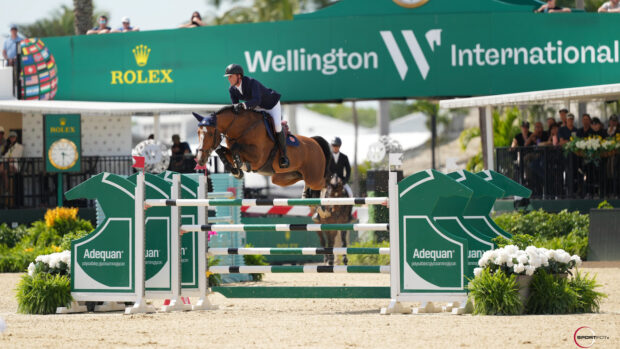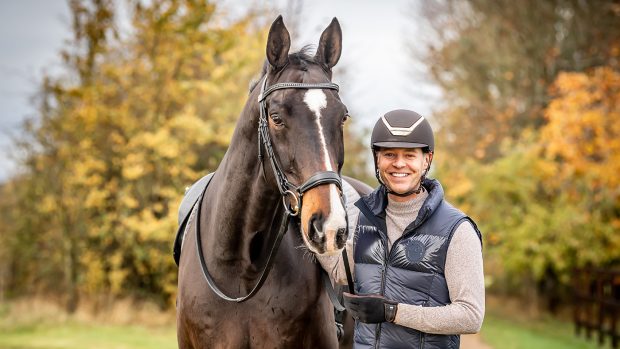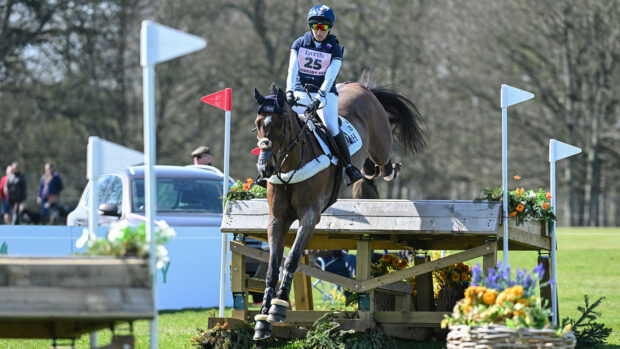Ten state-of-the-art horse mannequins will be delivered to British racecourses to help train medical and veterinary teams, thanks to a five-figure investment.
The “horses” will be based regionally, to serve all 59 racecourses in Britain, and have been paid for by a £50,000 donation from the Racing Foundation and £15,500 from the Association of Racecourse Veterinary Surgeons (ARVS).
The initiative is a collaboration between British racing’s Horse Welfare Board, the ARVS and the Racecourse Association (RCA), and will enable enhanced practical training for emergency teams to take place at racecourses.
Cheltenham racecourse received the first mannequin on 20 January, to allow for on-course training ahead of the Festival (11 to 14 March).
“We’ve always done training of this sort, but maybe not as co-ordinated with the vets,” said Cheltenham’s chief medical officer Andy Simpson, in the video below.
“Having a mannequin like this makes the scenarios so much more realistic.”
Watch the video to find out more about the initiative
The Resquip models are designed to match the weight distribution and joint articulation of a horse. They will be dotted around the country at 10 racecourses, to ensure all courses have access to them, and are set to be in place by 31 March.
An enhanced training plan will be rolled out by the RCA. This will involve 500 vets and medical personnel, including doctors and nurses, receiving specialised training using the mannequins within 12 months.
The mannequins will also be used to support the training of point-to-point teams as early as this spring.
Simon Knapp, senior veterinary surgeon at Ascot, Kempton Park, Sandown Park and Epsom Downs, veterinary advisor to the RCA and member of the Horse Welfare Board, said: “Following on from the one-off training events that took place last year, we felt that continuous access to this equipment would improve the training that racecourse teams receive, in both the frequency and realism of that training.
“In addition, equine vets support the wider horse population in clinical practice, so the enhanced knowledge that this training provides will, in the longer term, benefit the entire horse population.”

The training will include “moulage”, a technique used to simulate physical characteristics specific to a scenario, often used in human health and emergency worker training.
Barry Johnson, independent chair of the Horse Welfare Board, said incidences that require the safe and timely movement of racehorses on course “are rare”.
“Nevertheless, the opportunity to be able to practise realistic full-scale scenarios in a controlled environment is a fantastic step forward,” he said.
“Managing a fallen horse can be complex and challenging, as well as emotive for the team, so the better prepared we are, the better the outcome.”
Once the racecourse roll-out is complete, the sport will look to incorporate the mannequins in additional ways, including further “off-course” training such as on gallops.
“The Racing Foundation is pleased to support this important project, which forms part of our multi-year funding commitment to the Horse Welfare Board of £3m over a three-year period,” said Racing Foundation chief executive Tansy Challis.
“With a number of stakeholders working together in its delivery, this project exemplifies the power of collaboration across the racing industry to ensure the highest standards of horse welfare.”
- To stay up to date with all the breaking news from major shows throughout 2025, subscribe to the Horse & Hound website
You may also be interested in:

‘We’re delighted to bring loyal readers this benefit’: H&H magazine subscribers get free website access

Researchers use advanced maths to ‘identify and reduce’ risks to horses

The Horse & Hound Podcast 162: multiple champion trainer Nicky Henderson





